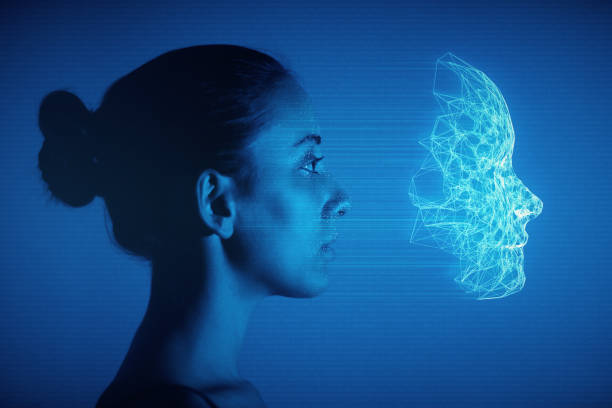Ever wondered why everyone is using their faces to unlock their phones? And how biometrics are taking over the traditional ways to access different resources? Well, Let’s find out all the core aspects of facial recognition and other technologies associated with it.
The Revolution of technology has greatly influenced human lives with different new ways to interact with other elements of the world. In 2017, The Facial Recognition market was worth around $4 billion and has increased to $7.8 Billion in 2022. Facial Recognition technology is one of the most utilized methods of today’s era that is changing the whole perspective of the digital World.
What is Facial Recognition?
Pioneered in the 1960s, facial recognition is the way of identifying human faces through live face scanning. It is a technology that maps out different characteristics of the human face and differentiates between distinct facial features. Through this biometric technology, people can perform different operations of Self Recognition.
How Facial Verification Works?
Facial Recognition is a techy mix of two main terminologies of modern technology, Machine Learning, and Artificial Intelligence. It is backed up by the huge servers of Machine Learning Datasets. According to Stats, the FBI database consists of 650 Million images of people, which are used when detecting Faces with the use of Artificial Intelligence.
A facial recognition technique operates as follows:
Detection
The camera is used to detect and map different traits of faces on the database of the system. A distinct image is saved for every type of face detected by the camera.
Analyze
The saved image is analyzed by the system with the existing data in the repository. Analyzing facial features such as geometry of the face, the color of eyes and skin, and the positioning of the nose is performed by the system in this phase of the Facial Recognition Process.
Conversion
The processed image is converted into the data which is readable by the system, i.e Digital data. The digital data is then further processed to store the information in the system.
Comparison
After the data is converted into digital copy it is compared with other digital information of people. On matching with a specific identity the decision is made.
Facial Matching: Accurate as it Looks?
Face distinction technology has reached a long way since it first began processing Biometric data. According to a study conducted by the National Institute of Standards and Technology (NIST) in 2018, the face identification method achieved its success with an error rate of less than 1% when detecting different faces.
In perfect conditions for analyzing images, facial recognition works effectively. Stats show a 99.8% accuracy rate in ideal conditions of consistent positioning and clear lightning. Facial identification competes with other technologies of Iris and Fingerprint scanners with clear exposing conditions and lightning.
Still many of the factors other than lighting conditions can affect the performance of Facial recognition, Some of the hurdles are as follows.
Facial Coverings
After the pandemic, the use of face masks has been made mandatory for most organizations and offices. Facial Recognition technology is greatly affected by any sort of coverings that prevent complete face exposure to the identification device. Partial coverings such as Sunglasses, earrings, scarves, and Medical Masks can also slow down the process of Facial Recognition.
Aging
With time, humans age which changes the facial characteristics of every person. Aging can impact the Facial recognition process as the machine detects faces based on the type of structure and geometry.
Users of Facial Recognition
Facial Recognition was introduced early by smartphone companies as a way to unlock mobile phones but now it is used in many different organizations as their primary identification system. It is a completely reliable piece of technology which is now being used in the Government offices as well to manage their daily activities.
Here are some main consumers of the Facial Recognition System other than the Smartphone Industry.
Educational Institutions
Many universities and colleges nowadays are switching their system towards Facial recognition technology. From daily staff attendance monitoring to managing student assignments, every process is utilizing Facial Identification.
Social Media Websites
Tagging a friend in a Facebook post is a part of Facial Recognition Technology used by Facebook. Many of the social media platforms are utilizing Facial recognition technology to process tons of images online.
Conclusion
Facial Recognition technology is one of the most used ways of identifying Subjects by analyzing face data and comparing it with different other types of Human faces. Many industries use face verification on a daily basis to ensure identity. Among the highest success rates of Verification, Facial recognition still is affected by many factors of Ideal lightning and face exposures.
Still, it is a great combination of modern-day technologies to provide fast and secure verification services to consumers.
Also know about amc stocktwits.


More Stories
How to Install Schutts Industrial Heavy Duty Gas Struts Safely
Custom Portals That Streamline Communication and Knowledge Sharing
How Buying YouTube video likes Can Boost Your Business